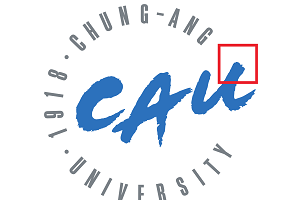Chung-Ang University researchers develop adaptive directional charging for efficient wireless rechargeable sensor networks

Smart factories, vehicles, and cities increasingly use wireless rechargeable sensor networks (WRSNs) for communication. A distinct advantage of WRSNs is that they can be placed in remote, inaccessible, or even biologically or chemically contaminated areas for communication, surveillance, and reconnaissance in military and environmental applications. However, the potential of these WRSNs is restricted by their reliance on limited energy sources like batteries, which can impede their smooth functioning.
The primary challenge of WRSNs is to effectively charge and maintain the batteries of the sensors in the network. The charging efficiency plummets as the charging distance increases. Therefore, single charging is more energy-efficient than multicharging as it can charge a sensor node at a closer range. However, when multiple nodes are present, multicharging may achieve higher efficiency.
This motivated a team of researchers led by professor Sungrae Cho, from the School of Computer Science and Engineering, Chung-Ang University, to optimise mobile charging of sensors efficiently through wireless power transmission technology. As prof. Cho states, “The wireless power transmission using a mobile charger was designed to be an efficient method, but if a directional antenna was not used, this method was power inefficient. Therefore, I started researching to see if there is an efficient way to use it.”
In a recent article published in IEEE Internet of Things Journal, the researchers developed an energy-efficient adaptive directional charging (EEADC) algorithm that considers the density of sensor nodes to adaptively choose single charging or multicharging. As EEADC dynamically determines the charging strategy based on the charging efficiency, the researchers achieved equal or better charging efficiency than single charging and simultaneously reduced energy waste due to overuse of multicharging.
This article was made available online on 6 April 2022 and was published in Volume 9 Issue 19 of the journal on 1 October 2022.
EEADC employs a mean-shift algorithm considering node density to determine single charging/multicharging clusters that is more efficient than the standard K-Means algorithms employed in most Monte Carlo (MC) clustering methods. Each cluster is classified as a single-charging or multicharging cluster according to the number of sensor nodes it contains. The charging strategy, which includes the charging point, beam direction, charging power, and charging time, is then determined according to the type of cluster.
For a multicharging cluster, the non-convex optimisation problem having multiple feasible regions led the researchers to employ the discretised charging strategy decision (DCSD) algorithm to solve the problem efficiently. The DCSD divides the problem into two subproblems. The candidate charging points are obtained by solving the first subproblem. Then, DCSD selects the point with the lowest energy consumption among the candidate charging points as the optimal charging point. The researchers used simulations to compare EEADC to conventional charging methods in practice. The team demonstrated that EEADC outperformed the existing methods with respect to power consumption and charging delay by 10% and 9%, respectively.
In summary, the adaptive and directional features of EEADC significantly enhance the energy efficiency of charging sensors in WRSNs. As prof. Cho explains, “Using this algorithm, the charging efficiency can be significantly increased by using a directional antenna and a directional beam for charging the sensor node, and sensors located close to each other can be efficiently charged at the same time.”
Comment on this article below or via Twitter @IoTGN
